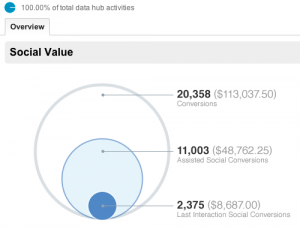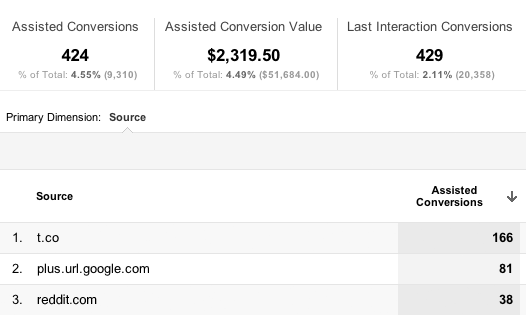March 27, 2012
 Email marketing is one of the most cost effective techniques or channels of E-marketing. Even if your marketing budget gets cut, email marketing provides an easy way to deliver your message in various ways. If you can optimize your email communication and follow your customer needs and preferences, your email ROI will surely follow a strong path.
Email marketing is one of the most cost effective techniques or channels of E-marketing. Even if your marketing budget gets cut, email marketing provides an easy way to deliver your message in various ways. If you can optimize your email communication and follow your customer needs and preferences, your email ROI will surely follow a strong path.
1. The R Word – The R word refers to relevancy, which senders need to ensure of their offers. 2012 is the time of tailor made offers that are capable of matching the recipient’s preferences. Relevance has the capacity to increase conversion, sending reputation, and decrease the chance of the note ending up in a junk folder. Examples include Gmail and Hotmail’s continued approach to individuality.
2. Personalization 2.0 – The conventional email introduction of “hello, (first name) is no longer impressive to the recipient. It is now about customer data of purchase history, website activity, and customer relationship management in order for retailers to ensure their emails are as personal as possible.
3. Click “Send” Less Often – This sounds like something you don’t want to hear but clicking the send button less often is something you should definitely consider doing. This doesn’t mean sending fewer emails, however communication is becoming more event based so that a subscriber should be the catalyst in sending an email. Examples include:
“Sending emails when a customer abandons her shopping cart’
“Sending welcome messages to new subscribers”
“Sending “thank you for being with us” newsletters”
http://www.marketingprofs.com/articles/2012/6734/the-email-marketers-success-kit-five-trends-for-2012//.
4. What, When, How… Let ’em Decide – The social media boom has become extremely popular as we are seeing more and more users sign up for sites like Facebook and Twitter. The article says that 15% of email opens were generated via mobile devices in 2011 but that doesn’t necessarily mean that the traditional desktop email will die very soon. Facebook fans sign up for newsletters on fan pages and email users hit the “tweet” button to share new offers with their followers. For 2012, make sure your messages are readable on a smartphone, capture customers email addresses on Facebook and let them share your offers with their network and those people’s networks. Don’t forget that you can be social via Facebook, Twitter, blogs, SMS, PC’s, smartphones, etc. If you work across channels, you will be successful.









